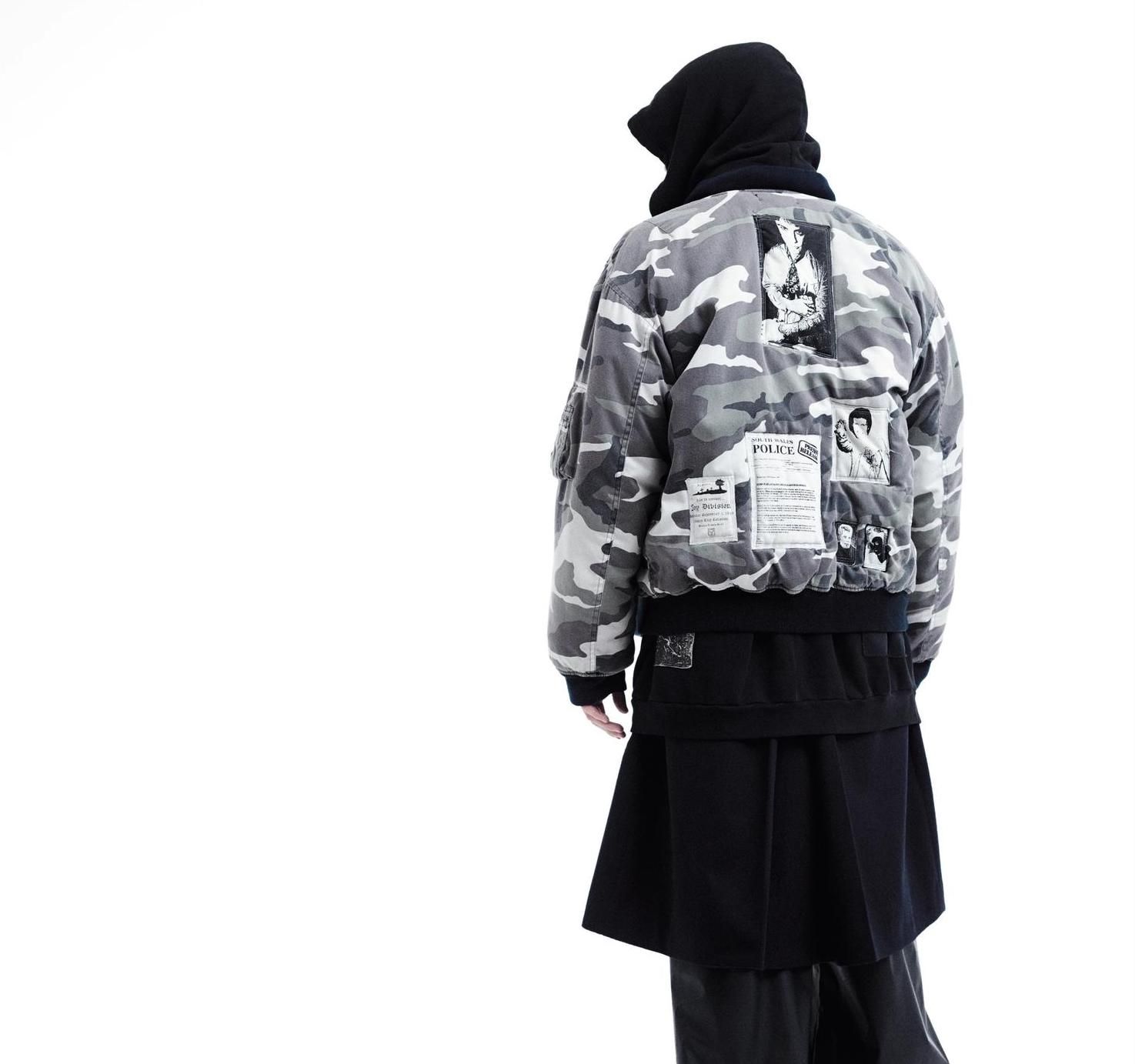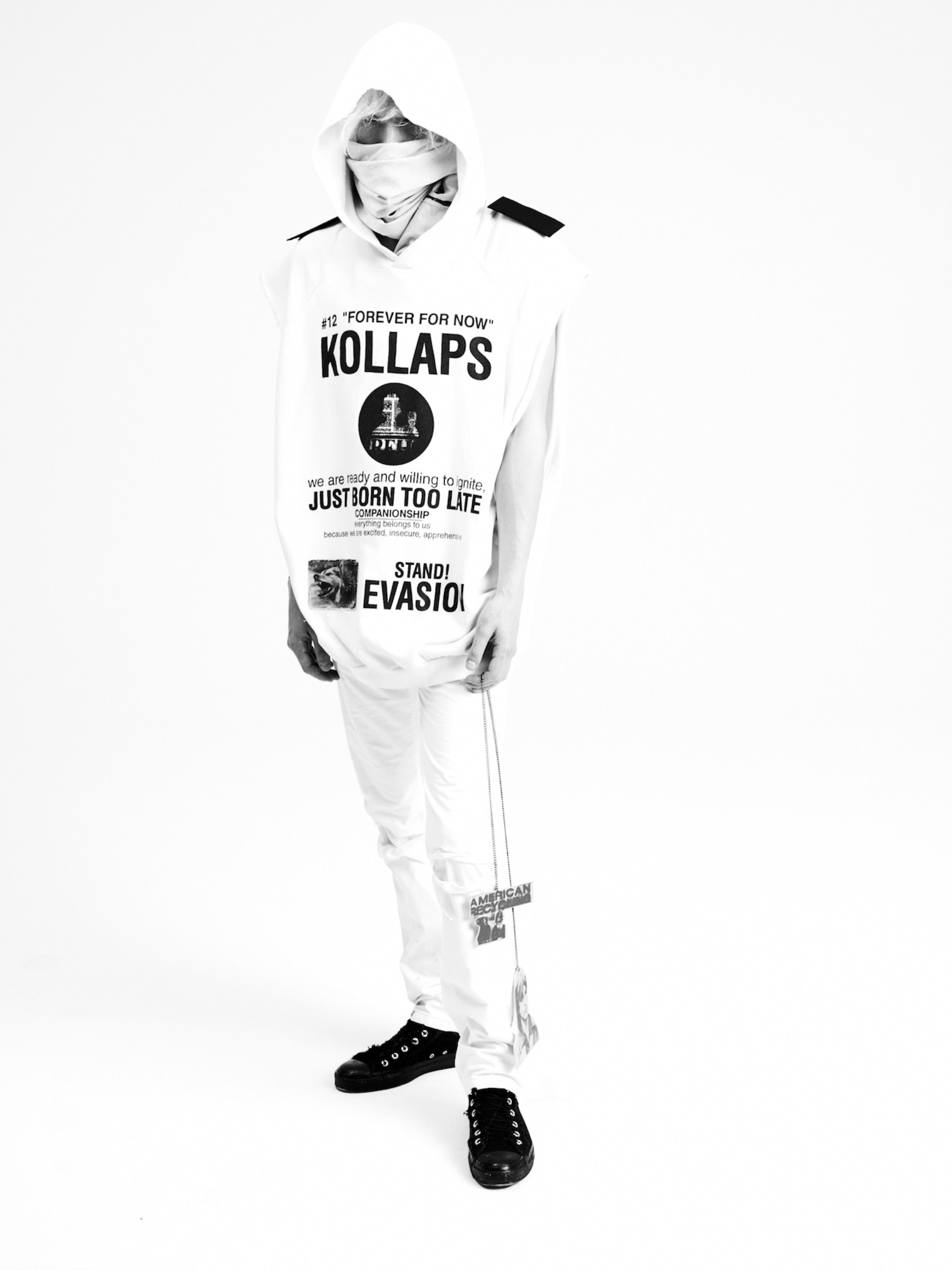Net-A-Porter’s NATALIE MASSENET: “I wanted to call my website ‘What’s New, Pussycat?’”
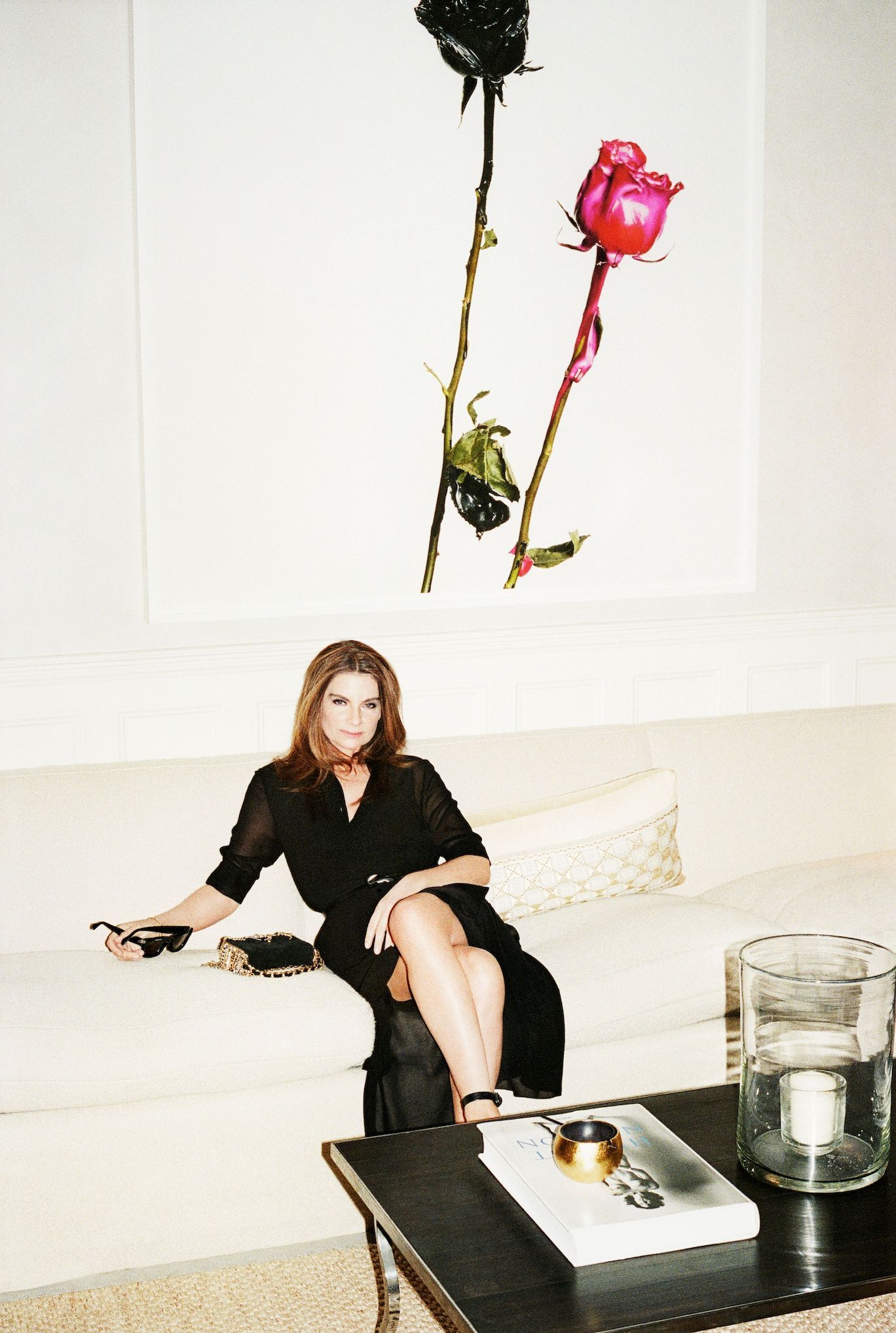
When NATALIE MASSENET launched the online shopping behemoth Net-a-Porter at the very end of the 20th century, the dot-com bubble had just burst. With a completely untested business model and small investments scrounged together in increments of £10,000, she grew the company into what is now an estimated 3.4-billion-dollar business. “She had so many skeptics, but she won. She won big-time,” says Diane von Furstenberg.
Fifteen years later, Massenet has just launched Porter magazine, the first 100-percent shoppable print publication. “People always say to me, ‘You’ve really strived to redefine retail.’ But the reality is I wanted to redefine magazines.” It’s been called the biggest launch in British fashion publishing for years, and it may well represent a new synthesis of retail and media. “We’re building a physical temple to our brand – like Apple did with stores,” Massenet explains. Her competitors are boiling, so she must be doing something right.
A three-fold examination of one of today’s most interesting entrepreneurs.
1. The NUMBERS
Born?
05/13/1965, 12:25 p.m.
When did you launch Net-a-Porter?
1999.
When did you sell it?
2010.
For how much?
£350 million.
How many hours do you work each day?
I usually come in at 9:30 a.m. and I’m here until 7:30 p.m., so whatever that is. Around 10 p.m. I deal with emails – one, two hours, that’s it.
How many days a week do you work?
Monday to Friday. I’m very good at not working on the weekend.
How many holidays a year?
Christmas, Easter, and then I take the entire month of August off. I need to spend time with my kids.
Kids?
Two: Isabella, 14, and Eva, eight.
Boyfriend(s)?
One: Erik.
Pets?
Currently, two, a cat named Bean and a dog named Lou. I used to have a turtle, but the turtle died, so we had to flush it down the toilet. It was a very small turtle.
Bank accounts?
Way too many.
Homes?
I’ve got one home in London,and I bought a place for my mom in Paris. I would like to have a place in the country, so I’m starting to look at houses.
Closets?
One.
Shoe size?
38 1/2.
Watches?
One – it’s a Cartier. I bought one for myself and one for each of my senior executives to celebrate when we sold Net-a-Porter to the Richemont Group.
Handbags?
Way too many. I have them organized by totes, by shoulder bags, by shopping bags, by clutch bags, by evening bags, by weekend bags, by chain bags, and so on.
Coffee?
Three a day.
Obsessions, addictions?
Salt and lemon, which then translates to margaritas.
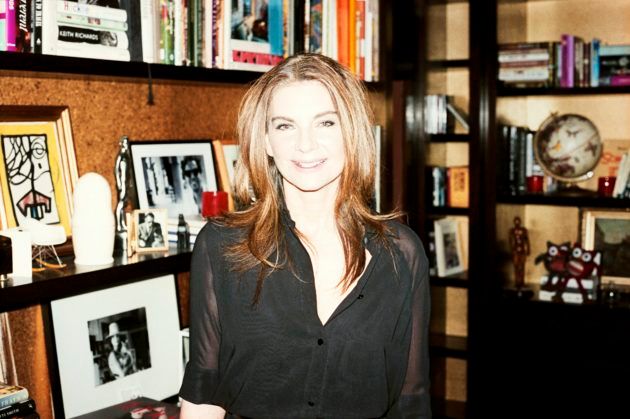
2. The BACKSTORY
The London headquarters of the Net-a-Porter Group in Shepherd’s Bush is around 90,000 square feet of open space – no doors, only glass, and the entire office is black and white. Gigantic screens show where Net-a-Porter customers are buying what in real time. The site gets about nine million visitors per month, with up to 70,000 people shopping at any given time.
It’s noon on a regular Wednesday, and the screens, flipping as fast as those at the stock exchange, show £1.046 million pounds sold already. Here, however, the numbers only go up. During my second encounter with Natalie Massenet, she seems kind, light, funny, and surprisingly accessible. There is something ingenuous about her, but in many other ways she appears the “strong woman”: determined, calculated, and wearing heels.
I’m British-American, born in Los Angeles. My father is a journalist and my mother was a model. Before my teens, we lived in Paris in a very chic Parisian apartment. Then we moved back to LA, to a neighborhood close to the airport. Well, my dad and I moved to LA, and my mom stayed in Paris. My mom made the decision – we had all moved to LA and then she decided to go back to Paris. That was hard for me. My mom basically exited my life when I was about to become a teenager. I didn’t understand that. I guess I still don’t.
My dad and I moved in with my grandmother, Florence. She had silver hair, cat-eye glasses, and two sisters. They bought a triplex, three apartments: one they rented out to a tenant, one where my dad lived, and the third where I lived with my grandmother and the sisters. My grandmother and her sister Hazel slept in twin beds until they died, which is an image I like.
As a teenager, I used to keep these scrapbooks of people who did well. I would go through the newspaper and cut out people who had done or achieved amazing things. I was a big fan of Tracy Austin, who was the youngest player in Wimbledon at that time. Not because I’m a sporty person – I just really loved to read how she became a hero.
I studied at UCLA – an English major. As my father was a journalist and my mother was a model, I wanted to become a magazine editor. (I guess I wanted to please both my parents.) I got my first job when I was 25. I started out at an Italian fashion magazine in LA called Moda, where I did celebrity shoots – a long time before the world understood the importance of celebrities. That was around 1990. At Moda I met a young Mario Testino and a young Daniela Agnelli, my first proper fashion-world friends, and I was always thinking big. I didn’t just want to become a magazine editor. I wanted to become the magazine editor. My goal was to take on W or American Vogue.
“Every time I go into a boardroom with high heels I feel like I’m in control.”
Soon my first dream job came up: West Coast editor for WWD. My father had told me WWD was the Bible, so I applied for the job and got it.
I wrote, styled the shoots, covered the entire California market, reported on parties, Hollywood – it was great. That’s also when I met and became friends with Alex White, Pat McGrath, and Kate Moss.
We’re now somewhere between 1993 and 1996. I worked really, really hard at WWD. I was super ambitious, and I kept trying to figure out how I could make the move from Los Angeles to New York City to get closer to my goal. I realized that, in order to get to New York, most of the big editors come via London. And I thought that since I was half-English, it actually wouldn’t be that bad for me to go to London. I also calculated everyone’s ages and was like, “Okay. By [the time I’m] this age, that job could come up.” I was very focused. But of course no lifetime is linear.
I was around 30 when I moved to London. My first job was with Condé Nast. I couldn’t stay with WWD because there was this guy called Jim Fallon who was running the office in London, and he did everything – I knew there was no room for me. I aimed for Condé Nast and started in the features department of Tatler, which was absolutely the wrong magazine for me. I didn’t understand how deeply rooted in the British aristocracy it is. I was deeply unhappy, so I left.
That was the first big downer. I was thinking, if I couldn’t make Tatler work, how could I make it back in the States? I saw my goals vanishing.
I felt I had gone off-piste. It took me a long time to understand that a change of career is a good thing, and it also took me a long time to feel good at dinner parties just saying, “Hi, I’m Natalie,” and not, “Hi, I’m my job.”
After six months, I got comfortable with it. It was 1999. I got married and was pregnant with my first daughter, and I became the most creative I had ever been. I was working from home – it was the time when you had to unplug the phone to connect to the Internet. I had a lot of different ideas: I was thinking about doing documentaries, I was thinking about launching my own magazine, and I was watching the success of Amazon.
It was the beginning of globalization. For me, there is a clear moment when globalization began: the Pashmina trend. Every woman, all around the world, was suddenly wearing a Pashmina scarf. You had a life pre-Pashmina and post – this trend was insane. I had this girlfriend, Camilla Paul – she was importing Pashmina from India. She was the biggest Pashmina supplier for Harrods, and I proposed that she start selling online. I tried to explain to her that this way she could reach women all over the world directly – she would make double the money.
I started getting interested in shopping online. I realized that there was no online shopping, just some eBay and vintage, but even The Gap didn’t sell online, especially not across the Atlantic.
Camilla didn’t see the market. Most of the people I proposed my idea to responded with, “I don’t know how to turn on the computer.” So eventually I said to them, “Okay, give me your stuff and I will sell it.” I wanted to call my website What’s New, Pussycat?
My ex-husband was an investment banker, and he taught me that there were people who would give you money and invest in your ideas. I remember I passed Barclays bank, and there was a pamphlet at the entrance that said, “Do you want to be an entrepreneur?” and [told you] how to write a business plan. I took it home with me, read it carefully, and answered the questions.
I found myself going to dinner parties where I said, “Hi, I’m Natalie and I’m starting this shopping magazine online.” People were enthusiastic about it and offered me money. That’s when I started taking it seriously. My lawyer said I couldn’t call it What’s New, Pussycat? for legal reasons, so I had to find a new name. I took my WWD dictionary and went from A to P: prêt-à-porter. Net-a-Porter. The name meant a lot. I couldn’t sell my friends’ Pashmina scarves anymore. It had to be the real stuff. It had to be prêt-à-porter.
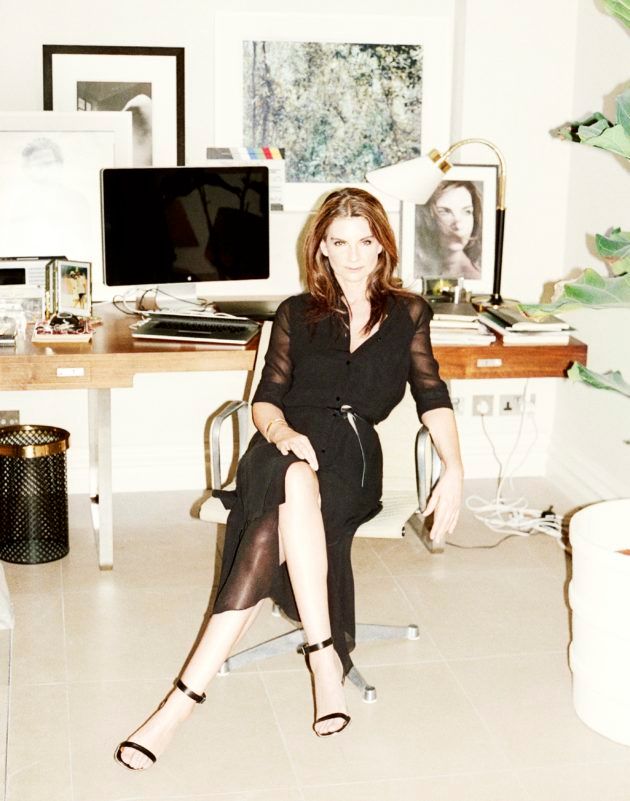
3. The INTERVIEW
Condé Nast was not happy when Carine Roitfeld launched CR Book. They announced that they would stop working with anyone who contributes to CR Book, especially photographers. I hear they did the same with Porter.
Yes.
And I also hear you wrote a letter back saying they couldn’t do that – that it’s illegal. Is that true?
Oh, it might be. I believe that everybody has infinite potential for success – there’s enough for everyone. Net-a-Porter has only a small slice of the pie.
How do you deal with the accusations that Porter is copying?
So many copied us, and I didn’t run after any of them. Not after one. Competition is good. We had 265 e-commerce players in the fashion space launched last year. Most of them borrowed their looks from Net-a-Porter. That’s the world we live in. The only thing we can do is buy better, have better service, have better relationships with the brands, treat our customers better. Just be better! So all Porter is really concerned about is being better.
Content and commerce – isn’t that a contradiction, though?
The assumption is that we are a commercial entity, so all our credibility and authenticity goes out the door. From the beginning everybody always said, “Well you’ll only write about the things that you buy – therefore there’s no editorial credibility.” Actually, no: we only buy the things we love and that we would have written about. Then we make sure the consumer can get it.
I liked Cindy Sherman’s little column in Porter where she talked about her favorite TV show. Do you love TV as much as she does?
I do, but I don’t watch it linearly. I watch it on Netflix or YouTube. Now I’m over it, but for five years you couldn’t come to my house on a Saturday night without watching The X Factor. I would do X Factor nights at my house and we would eat shepherd’s pie and drink margaritas.
What’s a shepherd’s pie?
What’s a shepherd’s pie? It’s stewed lamb with mashed potatoes baked in the oven – uncomplicated, yummy, divine food. Come to my house and we’ll watch House of Cards and eat shepherd’s pie.
In the feature “Is Mystery Dead?” Porter questions social-media exposure and asks how much a woman should reveal. You have two daughters – what do you teach them about social media?
I am completely hypocritical about it. I tell them to be private, but at the same time I encourage it because I love social media. My eldest daughter, Isabella, is 14, and she has 32,000 followers under a name that is not her own – she started when she was 13. On her YouTube channel she has 1,000 subscribers.
“I don’t want anyone to ever say about my business, ‘Oh, they were so great then.'”
What does she do on her YouTube channel?
She and her best friend tell very funny anecdotes about what it means to be a teenager.
What do you like about social media?
Not every kid is popular in school. I got picked on a lot. Your entire world falls apart, because school is your entire world. Three girls in your school can make you feel awful, and you don’t have anyone to benchmark that against. Today school is just a tiny part of your world – social media shows you the endless possibilities. If you have 32,000 people who like your picture, who send you hearts and say, “I like you” or “You’re just like me” – those three girls in school that don’t want to sit and have lunch with you, their power is diffused.
In the story “The New Power Sisterhood” Porter promotes your network of girlfriends, which includes Miuccia Prada and Donatella Versace. Who are the women you rely on most?
Kate Reardon, who edits Tatler and who used to be my boss, Angela [Ahrendts], Anna [Wintour], and Naomi [Hewitt], who’s our head of human resources. She always has something wise to say.
Lucy Yeomans – Porter’s editor-in-chief – says she is addressing women who love the way fashion makes them feel. What was your most recent phenomenal fashion moment?
Every time I go into a boardroom with high heels I feel like I’m in control.
Do you believe women are feared today for their procreative power?
I created Net-a-Porter in 1999 when I was pregnant with Isabella. The hormones from being pregnant empowered me. I said to myself, “If my body is putting together a human being, cell by cell, DNA strand by DNA strand, then I can start a company.”
Do you still feel ambitious?
I don’t ever want anyone to say about my business, “Oh, they were so great then.” In a competitive business environment you have to keep evolving, otherwise you are going to be irrelevant. There are more than 3,000 people working in this company, that rely on this company to do well, to pay their bills, to make sure they can take holidays – it’s an extraordinary responsibility. Maybe it comes from my grandmother and her puritan ethic, but I can’t let people down.
How do you see the modern woman?
She’s not alone – not isolationist – but independent. She makes her own luck, love, and friends.
Is she a blueprint of yourself?
Yes. And a blueprint of women I know.
Being a “modern woman” – which often also implies being a mother and having a career – isn’t that tiring?
I don’t think it’s tiring. I think women have enough energy.
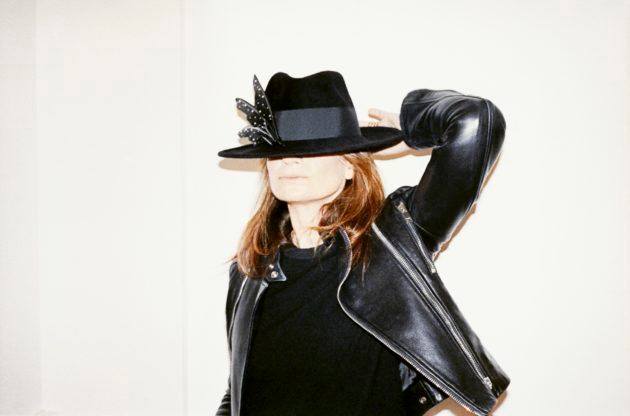
By JINA KHAYYER
Photography by ERIK TORSTENSSON
